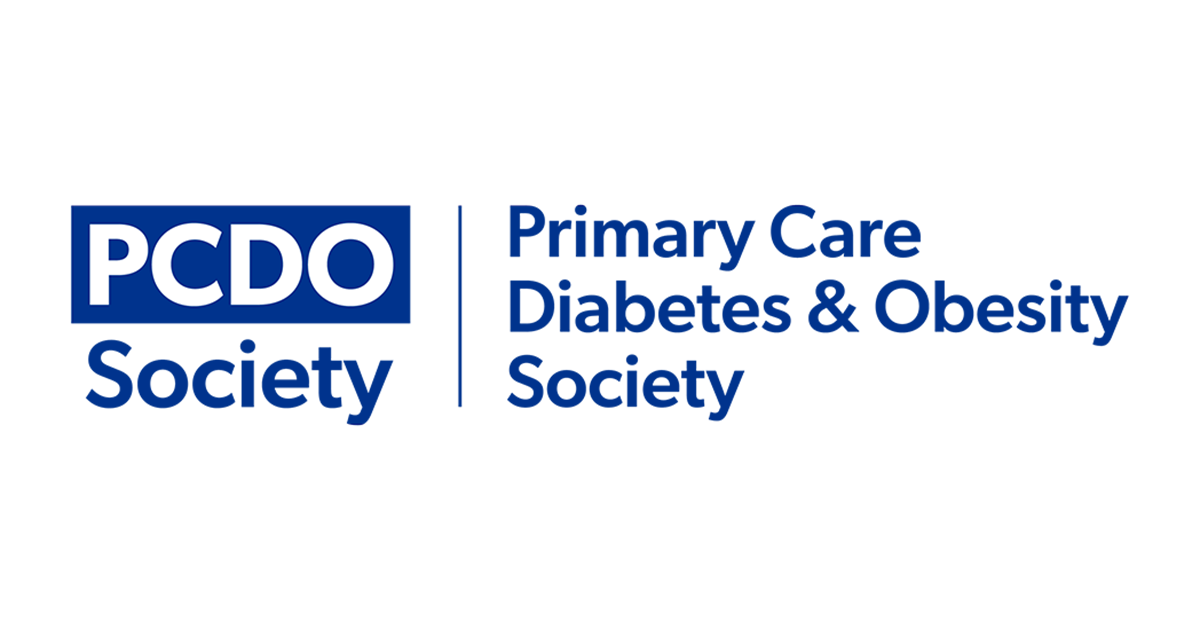The commonest cause of death in people with diabetes is cardiovascular disease. The recently published 2019 guideline, Diabetes, pre-diabetes, and cardiovascular diseases, from the European Society of Cardiology (ESC) and the European Association for the Study of Diabetes (EASD; Cosentino et al, 2019) will, therefore, be of interest to us all. Some have labelled the guideline controversial, based on its recommendation to use a sodium–glucose cotransporter 2 inhibitor (SGLT2i) or glucagon-like peptide-1 receptor agonist (GLP-1 RA) as first-line therapy instead of metformin for those at high and very high risk of cardiovascular disease (CVD). However, the guideline encourages individualised therapy and targets, multifactorial risk reduction and patient-centred care, and provides a comprehensive summary of current evidence, all of which is useful to us in primary care. I have picked out some key recommendations here, and readers are encouraged to review the guideline, including summary tables, at bit.ly/2Ppv2SK.
Diagnosis is by HbA1c or fasting plasma glucose, with use of an oral glucose tolerance test if uncertainty remains, and repeat of abnormal tests to confirm diabetes. When reviewing the recommendation tables, it is important to understand that the guideline replaces the concepts of primary prevention (preventing the first CVD event) and secondary prevention (preventing subsequent CVD events) with “very high risk”, “high risk” and “moderate risk” groups.
Included in the very high risk group are people we would currently treat, rather than assess using CVD risk assessment tools: those with diabetes and established CVD; diabetes and evidence of target organ damage (albuminuria, eGFR <30 mL/min/1.73 m2, retinopathy or left ventricular hypertrophy); three or more major risk factors (age, hypertension, dyslipidaemia, smoking or obesity); or early onset type 1 diabetes with long duration (>20 years). The high risk group have at least 10 years’ duration of type 1 or type 2 diabetes without target organ damage, but with any additional risk factors. The moderate risk group encompasses people with type 1 diabetes aged <35 years or type 2 diabetes aged <50 years, with diabetes duration <10 years and no other risk factors. We are reminded that female sex is not protective for CVD risk in those with diabetes.
Blood pressure (BP) targets differ from the NICE hypertension guideline. They are a systolic BP of 120–129 mmHg for younger people and 130–139 mmHg for those >65 years, with diastolic targets of <80 mmHg but not <70 mmHg. For those at high risk of cerebrovascular disease or chronic kidney disease, systolic BP <130 mmHg is the target. These should be individualised, based on other patient characteristics.
Low-density lipoprotein (LDL) cholesterol targets have been set at <1.4 mmol/L for those at very high risk, <1.8 mmol/L for the high risk group and <2.6 mmol/L for the moderate risk group. Secondary, non-high-density lipoprotein (non-HDL) cholesterol targets are <2.2 mmol/L for very high risk and <2.6 mmol/L in the high CVD risk group. These LDL targets are likely to be achievable in most people at moderate or high risk with intensive statin and ezetimibe treatment if needed, but in those in the very high risk group who do not meet these targets, referral for PCSK9 inhibitor drugs should be considered.
Taking into account the data from the ASCEND (A Study of Cardiovascular Events iN Diabetes) study published last year, in those at high and very high risk (but not moderate risk), low-dose aspirin should be considered for primary prevention if no contraindications; this differs from current UK recommendations (Brown, 2018).
Low-dose rivaroxaban (2.5 mg twice daily) plus aspirin is recommended in those at high risk of CVD or with lower-extremity arterial disease (LEAD), based on the COMPASS (Cardiovascular Outcomes for People Using Anticoagulation Strategies) study in people with stable atherosclerotic CVD (Eikelboom et al, 2017); around one third of participants had diabetes. This study demonstrated that combination therapy significantly decreased 3-point major adverse cardiovascular events (MACE; CV death, non-fatal myocardial infarction or stroke) and produced a 46% reduction in major amputations in those with LEAD, compared with aspirin alone.
The recommendation to use an SGLT2i or GLP-1 RA as first-line therapy from diagnosis in those at high or very high risk of CVD (as defined earlier) is controversial, with specific recommendations to use empagliflozin or liraglutide to reduce CV mortality. Despite UKPDS (UK Prospective Diabetes Study) findings and increasing evidence of metformin’s beneficial effects in cancer (Saraei et al, 2019), metformin is only recommended as first-line therapy for overweight people without CVD who are not at high or very high CVD risk. It is likely that many of us will await guidance from the updated ADA/EASD consensus before changing practice. We also need to remember that, despite recommendations in this guideline to use an SGLT2i in those with eGFR >30 mL/min/1.73 m2, currently these drugs are licensed only in those with an eGFR of ≥45 mL/min/1.73 m2 and should not be initiated if the eGFR is <60 mL/min/1.73 m2.
In this issue
The recently published IDF Atlas makes worrying reading, highlighting just how fast the global diabetes pandemic is increasing, encouraging us to take action to stem it. Mark Goodwin outlines how his team have acted to slow, halt and reverse the upward trend in their cluster in South Wales, while Ruth Boocock shares an interesting approach to dietary management in UK South Asians who do not speak English.
In the second part of his Q&A article, Robert Lewis offers more guidance on managing renal disease. Our featured GPnotebook Shortcut provides a handy guide to diabetes classification. Jane Diggle shares her How to minimise insulin errors, while Tanya Chopra and colleagues demonstrate an approach to facilitate transfer of information from secondary to primary care. For those of you who were not among over 850 healthcare professionals attending the 15th National Conference of the Primary Care Diabetes Society in November, there is a chance to catch up with the key messages delivered in the first of our two-part conference report, along with the abstracts of the posters that were on display. Struggling to make sense of published CVOTs? My At a glance guide should help.
As we come to the end of our fifth year as editors of Diabetes & Primary Care, Jane and I hope that you continue to find the Journal useful in updating and improving your practice, and we welcome your feedback and ideas for topics to cover in 2020. We wish you a happy and restful festive season, and renewed energy and enthusiasm to tackle the complexity and challenges of diabetes in 2020.




Counselling on appropriate genital hygiene is important for both men and women when initiating SGLT2 inhibitors and regularly thereafter.
21 Oct 2025